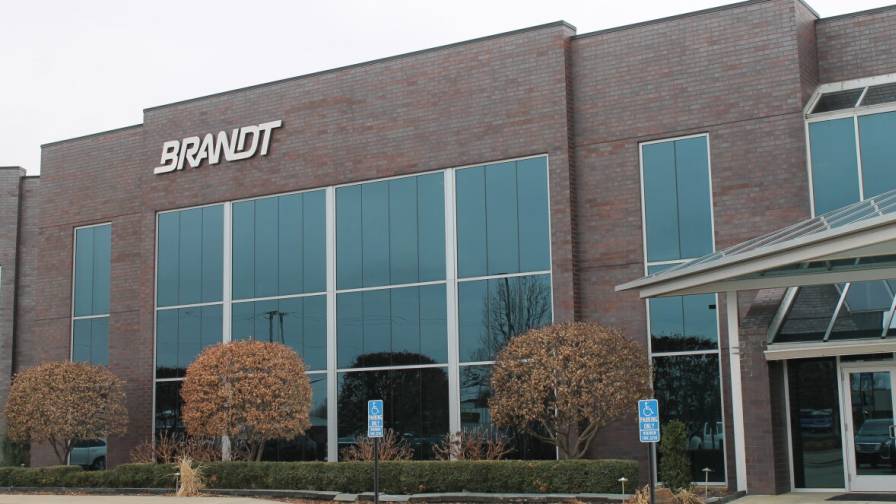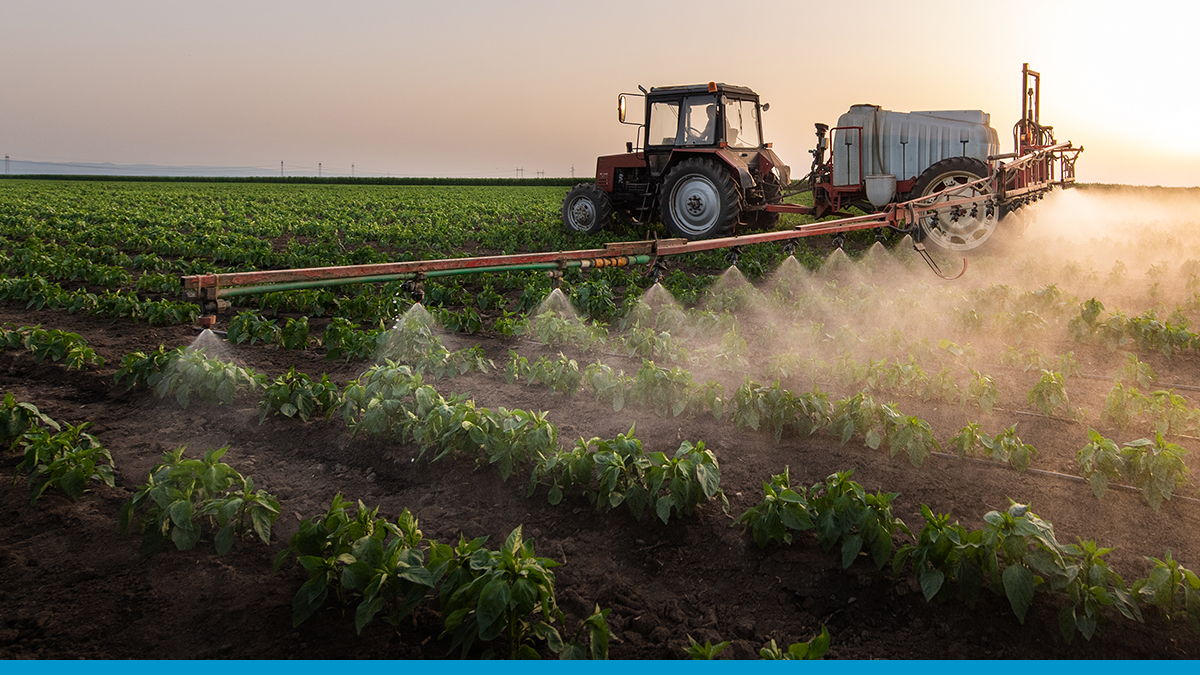The Economic Outlook for Agriculture: Somewhere Between Good and Bad
With all the uncertainty surrounding the ag economic today, several analysts have struggled to predict exactly where the marketplace is ultimately headed between now and the middle of the 21st century. However, speaking at the 2017 Mid America CropLife Association annual meeting in Kansas City, MO, Dr. Jason Henderson, Director of Purdue University Cooperative Extension Service, held out hope that conditions would move in agriculture’s favor, eventually.

Jason Henderson
“I’m excited for the future of agriculture,” said Henderson. “You are probably saying ‘what?’ about now. ‘Have you looked at crop prices lately?’ My whole point is that right now, we are going through a tough time in agriculture. But ag cycles go up and come down. On the backside, I think there’s a future of prosperity out there.”
Looking back through history, Henderson described agriculture’s fortunes as “the good, the bad, and the ugly.” He was able to identify at least four major “up” cycles agriculture has experienced over the past 100 years or so. This included World Wars I and II, Russian grain demand during the late 1980s, and the ethanol/China boom of the early 2000s. “These were the good,” he said.
As for the bad, this was undoubtedly the early 1980s, when farm incomes fell from $100 billion down to $50 billion – and interest rates were so high that most growers were making as much in interest payments on their loans as they were taking in from their harvests. “These were the bad times,” he said.
And when it came to the “ugly” time, this would have had to have been the late 1920s/early 1930s, when the world was in the grip of the Great Depression. “In that cycle, not only did farmers not have any money, NO ONE had any money,” said Henderson. “That was definitely the ugly time.”
When looking at today’s agricultural marketplace, Henderson sees plenty of parallels to the historic down cycles. There is a liquidity crisis (i.e., a lot of money for lending), flat demand for crops, and a high value for the U.S. dollar compared with other world currencies.
Given these conditions, when it comes to their loans, growers are now looking to “kick the can down the road,” said Henderson, by asking for extensions to pay off these debts with their lending institutions. “Farm debt is on the rise,” he said. “Since interest rates are still low, many farmers are going longer term on their loan repayments, with approximately 85% of their balance sheets represented by real estate. The question now is how long can these farmers roll over these loans before they run out of collateral?”
As for which growers are struggling the most under this new market reality, Henderson pointed to size as the key factor. “Who doesn’t have cash right now?” he asked. “Younger, beginning farmers and producers who grew their operations using debt to do it. Who has cash? Older, experienced farmers with lots of land and other assets. And this group is looking to buy from the one without the cash.” In fact, in a recent study, Purdue University found that only 25% of smaller growers (those with 500 acres or less) had a positive cash flow. By contrast, 98% of larger growers had positive cash flows.
Given these factors, Henderson predicted that overall agriculture would see much more consolidation at the grower, ag retail, and supplier levels “for the next three years, as the federal government attempts to raise interest rates from their current 1.25% rate to 3% during that time.”
However, when all the dust finally settles, Henderson is confident U.S. agriculture will find a new “middle-of-road” cycle. “Most likely, today’s agriculture will land between good and bad,” he said. “But it will be like drinking lukewarm coffee, with market growth ultimately flattening out into a steadier pattern.”






